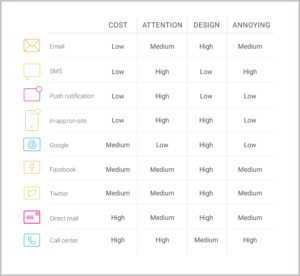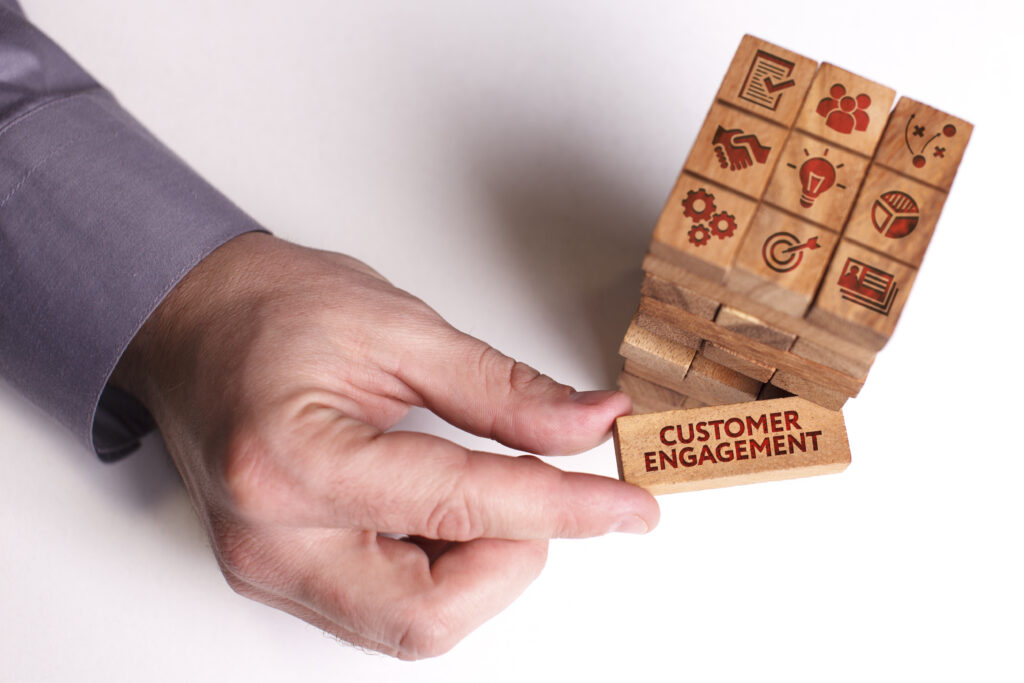Foreign Exposure: Reaching the Unreachable Customers
November 16, 2017The countless ways the world has changed over recent years totally modified customers’ habits, making them very hard to influence. But the same changes in our world make it impossible for our consumers to be completely anonymous.
It’s just impossible to keep track. The changes are so vast, and it’s affecting every aspect of our daily lives. It covers all fields and industries: Manufacturing, Medicine, Agriculture, Automotive, Corporate Services, Energy efficiency or Digital Economy. The use of deep learning technologies, big data analysis, cloud development, cyber security and many more, has brought on a dazzling number of inventions into the very tips of our fingers, and nothing will look the same again.
And the rhythm is gonna get you. Every year tops and doubles its former. Since Deep Blue beat Garry Kasparov 20 years ago, the world saw an explosion of ideas that touched and changed our habits, day-to-day routines, caused rifts in our attention and behaviors until the point of no return. From the autonomous car to shoes that tied themselves, from the bionic leg and artificial skin to smart umbrellas. This list is just a drop in the bucket, and what will be added to it in just a few months, is too hard to even imagine.
One of the more expected result of this era is the rapid change in customer habits. What was done on Sunday become outdated on Monday, and where people went during the summer was completely deserted when winter arrived. One of the clear demonstrations for this phenomenon is this startling study by Omnicom Media Group Agency Hearts and Science: 47% of adults aged 22 to 45 are consuming absolutely no content via traditional TV platforms. Less than one-third of the TV and video watched by people in this age group (Gen X and millennials) is accounted for by traditional measurements. The rest is being watched on smartphones and other channels like Apple TV and Roku.
While it doesn’t mean that these subjects are indisputably not watching TV content or seeing ads anymore, it does suggest the ways to consume content today have changed, which makes it much harder to reach these exact group. That’s a big problem for marketers these days.
Anonymous? No such thing
Look at it as you will – this is not a philosophical argument, for now – there are ways to connect with the most aloof of a customer. Whether it’s scratching the hard surface layer with a chisel to expose the hieroglyphics or scanning the depths of an ocean for the remains of a hunted ship. If Bigfoot does exist, and you’re probing for his footprint in the Cascades’ snow, look no further – just open your laptop. He would have probably left a digital footprint by now.
Customers can no longer be anonymous. And a more personalized approach through multi-channels, which work across every stage of each customer’s journey, will maximize the marketer’s ability to reach those who seems unreachable. Marketers should reach their customers where they are, and much of users’ screen time is spent on Facebook, Twitter or surfing the Web. The fact that you have an email address for a customer, doesn’t mean much if that same customer spends hours every day on Twitter. Customers are everywhere, and you should always aim to be where your customers are. In addition, customers today have much more control over the buying process than marketers do. As a result, marketers must constantly develop and coordinate highly orchestrated touch points and micro-campaigns that span multiple channels fluidly, in a way that the customer finds meaningful and trustworthy. Keep in mind that different types of messages work better over different channel, and what fits an email, shouldn’t automatically be sent using SMS.
The Mix and Match
Here are some ways marketers can use multi-channel marketing to improve campaign results. There are countless others of course, and that is where creativity and resourcefulness come into play.
Sequential Messaging Across Channels – Run campaigns that present a sequence of messages, like telling a story across multiple channels. For example, we can use the 97% open rate of SMS messages to deliver a short teaser regarding a subsequent campaign message to come via email, and thus dramatically increase the open rates of that email when it comes half an hour later.
Message Blast – Send the same offer via every channel at once. This works best for a great, time-limited offer that is highly focused to a small segment of customers.
Channel Competition – Run campaigns with the same message/call to action via different channels, to different random segments of a target group to see which ones work best. Known as A/B/N testing, this approach can reveal which types of messages work best over which channels for your various target segments.
The Pros and Cons
Using all available channels doesn’t come without a price. In the table below you can see the relative strengths and weaknesses of some commonly-used channels, according to these attributes:
Cost – how expensive is it to communicate with each customer via this channel?
Attention – how effectively does this channel grab the attention of most customers?
Design – how much flexibility and creativity is available to deliver effective messages via this channel?
Annoying – how invasive or irritating do customers perceive this channel to be?

Conclusion…
In the ecosystem described in this article, the-ever-changing-mind-blowing era, marketers are required to closely analyze customer behavior, loyalty and retention. They need to communicate with their customers wisely, in all sorts of ways and tools according to his or her particular preferences.
Using different, less traditional channels, and more of them combined, is really the right path to success. Examining how people are more receptive to different sorts of communications, not only guarantees leaving no customer behind, but also gives tremendous added value to the customer, with content, offers, and messages delivered to where they’re at.


